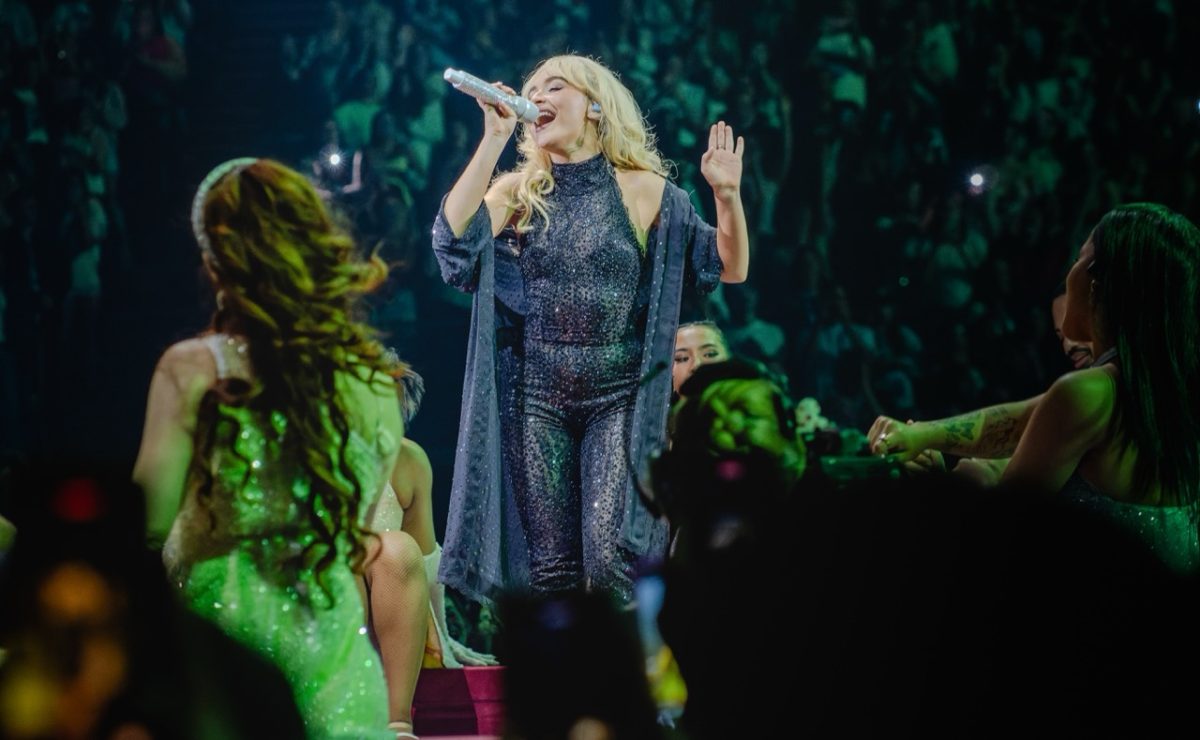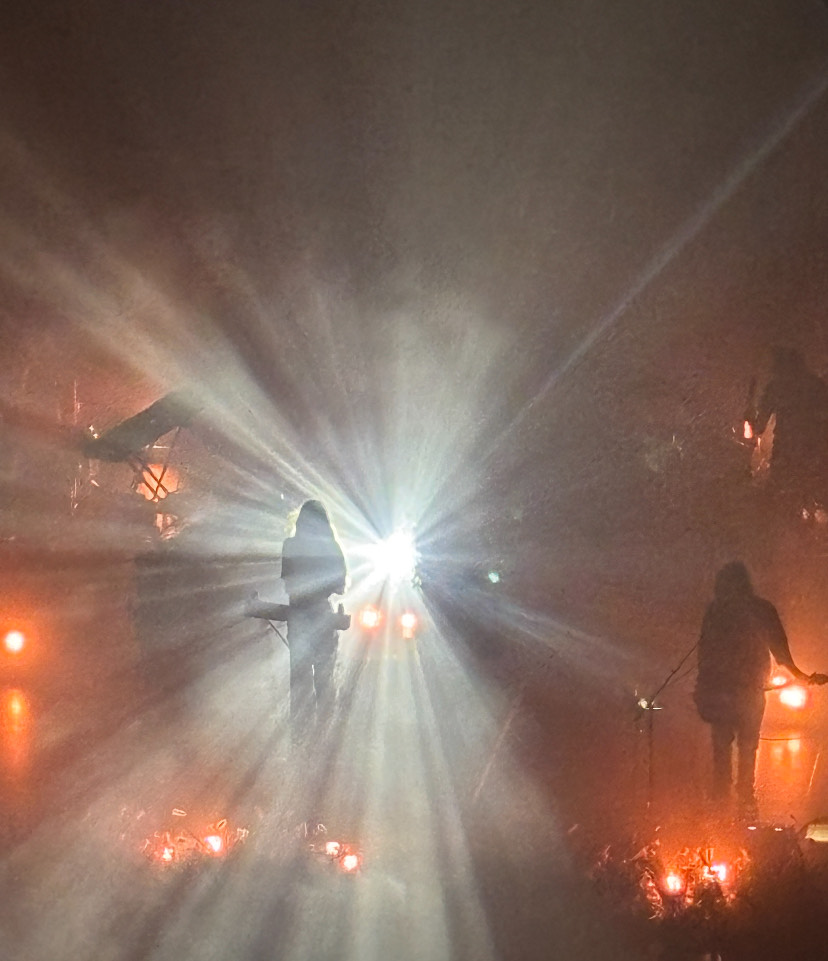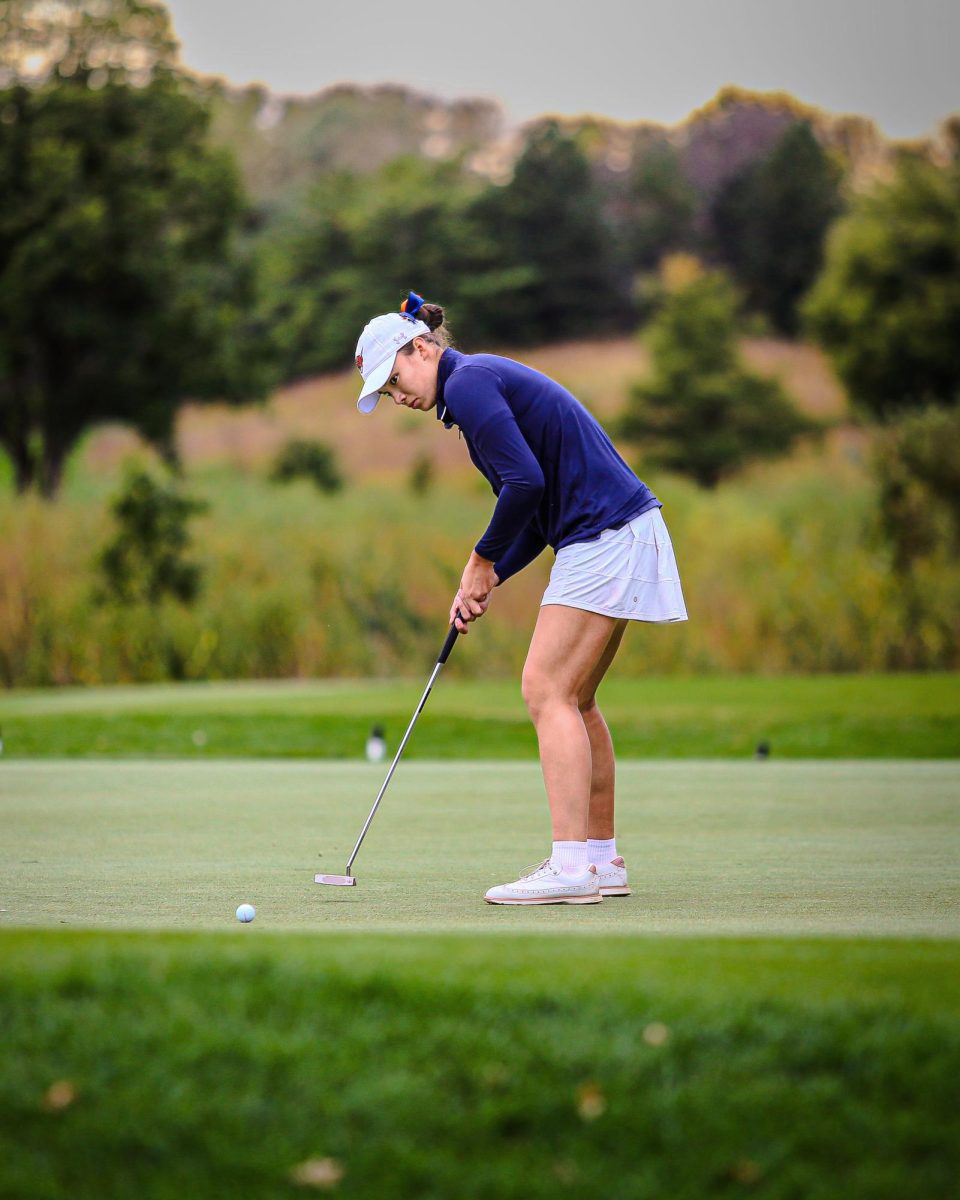
After three years of planning and preparation, the nine climbers, sponsored by the National Outdoor Leadership School (NOLS), embark on Expedition Denali. The film opens with striking shots of the team’s plane flying between rugged Alaskan mountains, soon dropping the climbers and their gear at the foot of Denali. Each carrying 100 pounds of equipment in their backpacks and sleds, they begin their historic 20-day journey. Through diary cams and candid interviews, the documentary format allows us to peek into the day-to-day life of the team; we fear for them as they tackle the many difficulties of the climb — from facing freezing winds in the morning to risking heat exhaustion at midday — and rejoice when they clear an arduous section or get a bit of rest.
Halfway through the trip, the group reaches “14k,” the third camp of the mountain, sitting on a wide plateau at 14,200 feet. There, the mood is cheerful: present for the 100th anniversary of the summit’s first ascent, mountaineers from all over the world have pitched their tent on the snowy grounds. Climbers celebrate, enjoy the view and try to relax, though the anticipation is palpable.
Sheltered at the camp for a week due to menacing weather, the crew awaits a window of opportunity to continue the climb. “Part of me doesn’t want to leave,” says one of the climbers. Despite the harsh conditions and mental and physical challenge, however, being up there in the mountains seems unparalleled, almost blissful. And even more than the view, it’s “the bonds you create [that] make mountaineering amazing,” says another. Soon the sky clears and the team sets out. After an aborted attempt to get to the next camp, the last one before summit, the group finally makes it. The climbers begin preparing for the ultimate leg of their journey.
Day 19, summit day. The most physically demanding of all, the climb to the summit and back takes around 14 hours. Low-level clouds at the start of their ascent almost force the team to turn back, but soon the fog opens and climbers clear the final face under a bright, promising sun. Before them is now a wide plateau, accurately named the “Football Field,” the last remaining obstacle between them and the coveted peak, looming in the distance. On the field many other mountaineers are slowly hiking their way to the summit. Suddenly the skies darken again and thunder roars; an electrical storm has rolled in, forcing the team and many other climbers on the plateau to take an obvious yet difficult decision: to turn back. With lightning striking around them, continuing on could mean death, especially with their metal equipment. They climb down the mountain, slightly disappointed, yet proud and thankful of what they have accomplished.
From the first interspersed bits of interviews, the viewer quickly grasps the importance of the climb. Not only is it a testament to human prowess, but also a feat that has the potential to both inspire youth of color to discover the outdoors, and create a more welcoming environment for them to do so. In general, there have been very few mountaineering role models for African-American kids to follow; the outdoors have largely been a place occupied by and marketed to white people. “[Climbing] wasn’t cool,” says 20-year-old climber Tyrhee Moore.
Expedition member Stephen Shobe recognizes the lack of inclusion in the outdoors: “There is a certain percentage of people who look like me, who have also been told ‘You can’t because of your color,’ or ‘You live in the city, and this is not for you.’”
This underrepresentation is visually striking when more than 50 climbers at the 14k camp get together for a picture. The members of Expedition Denali are the only African-Americans there. Yet they are present, and they quite literally blaze the trail for current and future generations of black kids to go out and climb mountains of their own. Although the mountain in An American Ascent is quite literally a geographic formation, it can also stand for any of the numerous challenges facing African-American youth today.
An American Ascent is a mountain of a film. It’s grand, beautiful and challenging. It’s a deeply powerful documentary, one that is both inspiring and thrilling to watch. It showcases the incomparable virtues of mountaineering, from living in the moment to letting go of material possessions, but also the difficulties of it, like knowing when to turn back. Therein lies one of the great teachings of the film, and one that often means the difference between life and death when up in the mountains. It takes strength to turn back, especially when the summit represents the culmination of three years of preparation and 19 days of incredibly challenging climbing. 
summit, 14k welcomes mountaineers from all over the world. Photo courtesy of Hudson Henry.
The DVD of An American Ascent is available to purchase on anamericanascent.com. The documentary is also streaming on iTunes and Amazon Video.












Ruth Rutherford • Sep 6, 2019 at 6:31 pm
In fact when someone doesnít understand afterward its up to other viewers that they will help, so here it takes place.
LongwoodGardencoupon 2019 • Jul 30, 2019 at 4:28 pm
This is interesting, You’re an extremely skilled blogger. I’ve joined your rss feed and glance forward to seeking whole lot more of one’s fantastic post. Also, I ave shared your website in my social networks!
NativeDeodorantcoupons • Jul 30, 2019 at 10:27 am
wonderful post mate, though there is certainly an issue along with backlinking with regards to e-commerce.
PeterPiperPizzacoupons • Jul 30, 2019 at 6:02 am
Outstanding article, some a lot of effort devote here. My favorite strategy so far could be the your textual content!
Sky Zone Coupon • Jul 29, 2019 at 10:20 pm
Thanks for revealing the very brilliant post. The hyperlink has been explained by you developing treatments incredibly.
chipotlecodes • Jul 29, 2019 at 4:26 pm
Good post Brian the method that you covered all the strategies for webmasters.
Noom Discount 2019 • Jul 29, 2019 at 2:00 pm
superb post mate, though there is certainly an issue with backlinking with regards to ecommerce.
Chewy coupons • Jul 29, 2019 at 10:37 am
Offers anyone got any genuine success from HARO? It simply feels that most of the reporters attached with the organization is going to be from the united states which do not possess much goals from other countries around the world specifically in South Asia. Brian, are you able to direct me to any scenario research? Thanks.
stockxcodes • Jul 29, 2019 at 8:28 am
Provides anyone got any true success from HARO? It only seems that many of the reporters attached to the organization are usually from america which do not have much goals from other countries around the world specifically within South Asia. Brian, can you one-on-one me to any situation studies? Thanks.
freeprints promo • Jul 29, 2019 at 6:42 am
Yeah, nice blog post but In as well as. You claimed promote in order to people which you have referred to inside your content.
Hank Hudson • Feb 17, 2018 at 5:25 pm
What I learned in 2013:
Threaten the National Park service with a lawsuit for being racist (if they don’t break the rules and cover your climb) and they will break them. That is all it takes. I learned a lot about race in 2013.